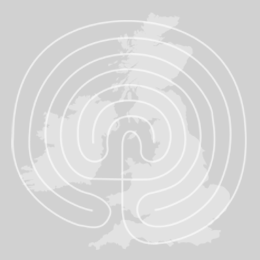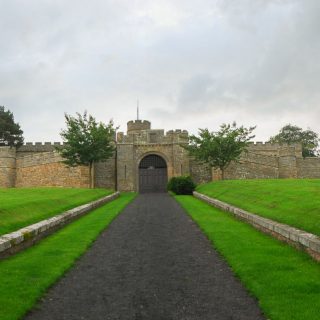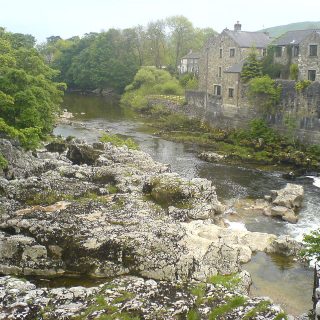Southend-on-Sea Ratman
I thought I’d tell you of a local legend in Southend-on-Sea that I heard growing up and thought you’d enjoy. In our town, there is a pretty grim underpass that’s been there for years, and has developed a reputation for being crime-ridden and basically a no-go-area after dark. However, more interesting is the ghost said to haunt it.





Recent Comments